
“To have an African doctor, who grew up in a shantytown in probably one of the most disadvantaged countries in the world, on the cover of TIME magazine’s Person of the Year is the right thing to do,” says Jackie Nickerson, the fine-art photographer who shot the cover of TIME’s Person of the Year.
This year, TIME chose to highlight the incredible work Ebola fighters are doing to bring to a stop an epidemic that has killed more than 6,000 people. TIME commissioned Nickerson and U.S. photographer Bryan Schutmaat to shoot more than 20 portraits in 12 locations around the world—from London to Geneva, Boston to Dallas, and all the way to Monrovia, Liberia.
“I was working on a job in Paris when Kira Pollack and Paul Moakley [the director and deputy director of photography at TIME] called me,” says Nickerson. “They told me they had this assignment for me and asked if I could go to Monrovia. I immediately knew this was an once-in-a-lifetime opportunity to bear witness to this moment in history. There was no doubt in my mind that it was something I wanted to do.”
Nickerson was surprised. “I had actually never worked for TIME before,” she says. “I had no idea what the commission process was, so this call came out of the blue.”
Meanwhile, Schutmaat was in Amsterdam attending World Press Photo’s Joop Swart Masterclass when he received his phone call. “My schedule was very busy, and I thought [being in Europe wouldn’t work], but photo editor Natalie Matutschovsky, who’s been championing my work at TIME, just said: ‘That’s good, because two of the subjects we need you to shoot are in Europe already.’” The following week, he was on a flight to Geneva.
Both photographers were selected for their strong sense of aesthetics, which come from their fine-art backgrounds. “They are celebrated artists,” says Pollack. “There is a heartbeat to Nickerson’s portraits that lent itself to just the right mood for this project. She’s spent a considerable amount of time working throughout Africa. She is agile and informed on how to photograph in the harsh African light, and her portraits are honest and beautiful. Schutmaat’s studied portraits have an almost painterly quality. There is something very telling about capturing a body posture or a simple gesture.”
For weeks, TIME had been preparing for Nickerson’s assignment. “We talked to NGO workers, journalists and photographers who had been in the field before we decided to go ahead do this,” says Moakley. “We talked with the Centers for Disease Control and Prevention, and we packed everything we needed—including Personal Protective Equipment suits for all of us.”
TIME’s Africa Bureau Chief Aryn Baker, who spent the summer covering the Ebola epidemic, met Nickerson and Moakley in Monrovia. “Aryn did a lot of the work ahead of time as well,” says Nickerson. “With Paul, she had selected the sitters, so we had a very good idea of who we were going to shoot, so that made things incredibly easy for me.”
Few people would know Dr. Jerry Brown’s name. The Liberian doctor, who is featured on the first of five covers shot for TIME’s Person of the Year issue, opened his country’s first Ebola treatment center in early 2014, at a time when many of his colleagues failed to react to the growing epidemic. “There was a kind of gravity to the way Dr. Brown and his staff were working,” says Nickerson. “When we met [him], we had the idea to do something very simple against a plain color, something of a more formal portrait. And then, he invited us to go into the reception area where he gets dressed. It was a very simple, bare room. It had a single light bulb, and I just thought it captured the atmosphere and gravity of what they were doing.”
The photograph is not a staged shot: It’s a portrait that was caught in the middle of Brown’s regular dressing procedure.
Over four days, Nickerson, Moakley and Baker witnessed the commitment of dozens of health workers and body-retrieval teams. “Sometimes, we would be waiting to get access to someone and we’d be chatting to other people with incredible stories,” says the photographer. “It just never stopped. Their stories really touch you—the self-sacrifices that people are making. They are doing such a brilliant job.”
In the U.S., meanwhile, Schutmaat was meeting with Dr. Kent Brantly. The 33-year-old physician with Samaritan’s Purse was the first American citizen to be diagnosed with Ebola while working in Monrovia. “Kent was doing a lot of hard, selfless work to help people out,” says Schutmaat.“I met him at his church in Fort Worth, Texas. TIME’s photo editors and I felt that since he was a man of faith and since he was guided by that faith, it would be good to photograph him in there.”
Schutmaat had no idea then that it would be featured as part of the magazine’s Person of the Year franchise. “I just thought I was doing a big story on Ebola that would end up somewhere inside the magazine,” he says. “I didn’t think it would be such a huge deal.”
Nickerson was similarly in the dark: “Kira Pollack had said it could be an important story, and I knew that Person of the Year happened around this time of the year, but I didn’t dare to hope because I think there had always been people of status on the cover, and I couldn’t believe it was going to be a non-famous, African doctor on the cover.”
It was only when TIME’s photo editors ordered the final, high-resolution images that both photographers found out the real purpose of their work. “It’s probably the biggest privilege of my professional career,” says Nickerson. “There’s no question about it. Doing this whole story was a privilege.”
“I’m honored,” adds Schutmaat. “And to know that the editors at TIME would think that my photos would stand up next to Nickerson’s is pretty awesome.” A sentiment Nickerson reciprocates. “Bryan’s a great photographer. I love his work. I’m really happy to be sharing this story with him.”
Jackie Nickerson is a fine-art photographer based in Dublin, Ireland. She is represented by Jack Shainman Gallery. TIME last featured her work, Terrain, on LightBox.
Bryan Schutmaat is a Austin-based photographer. He is represented by Sasha Wolf Gallery.
Olivier Laurent is the editor of TIME LightBox. Follow him on Twitter and Instagram @olivierclaurent. Paul Moakley, TIME’s deputy director of photography, and Natalie Matutschovsky, a senior photo editor at TIME, edited this photo essay.
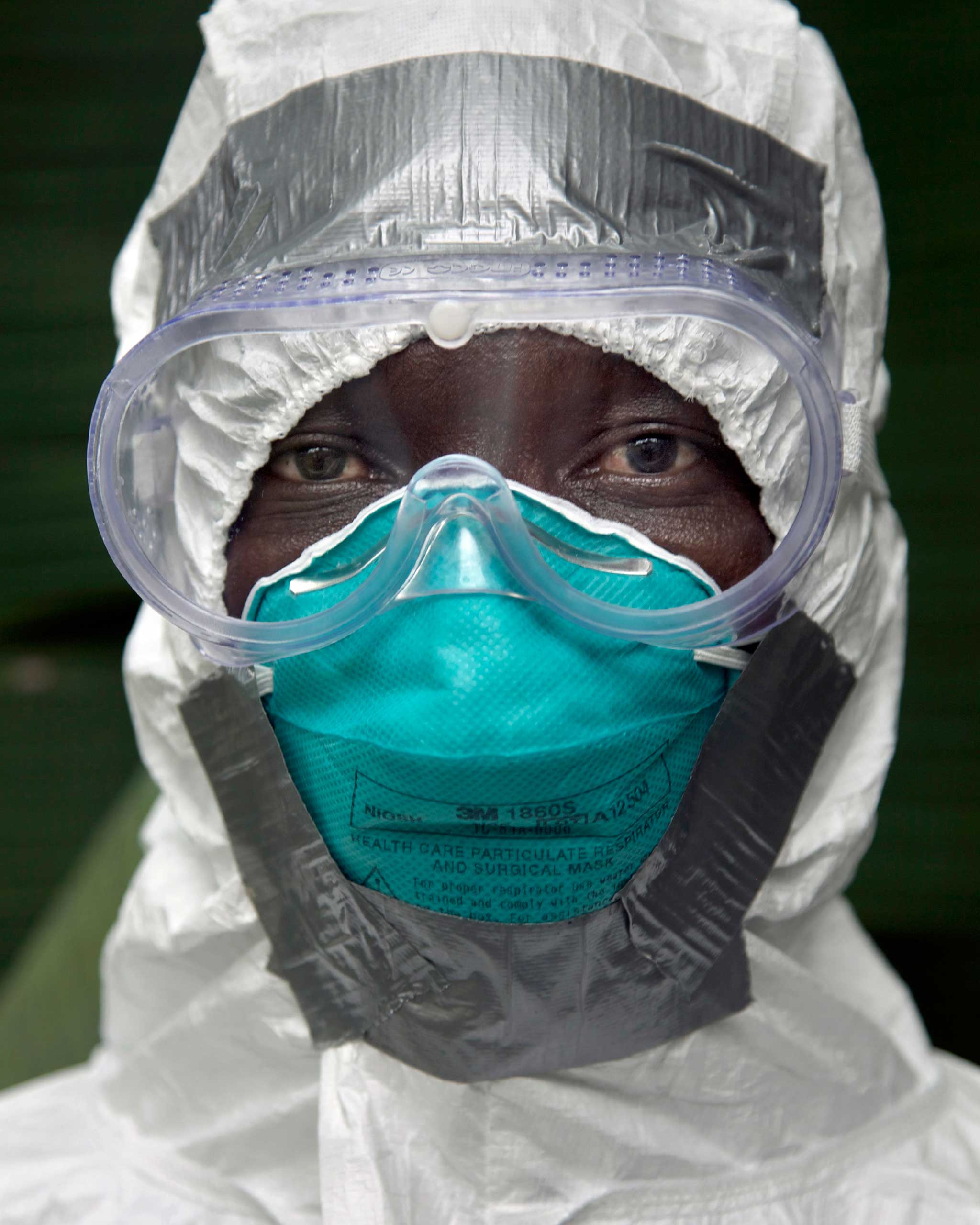
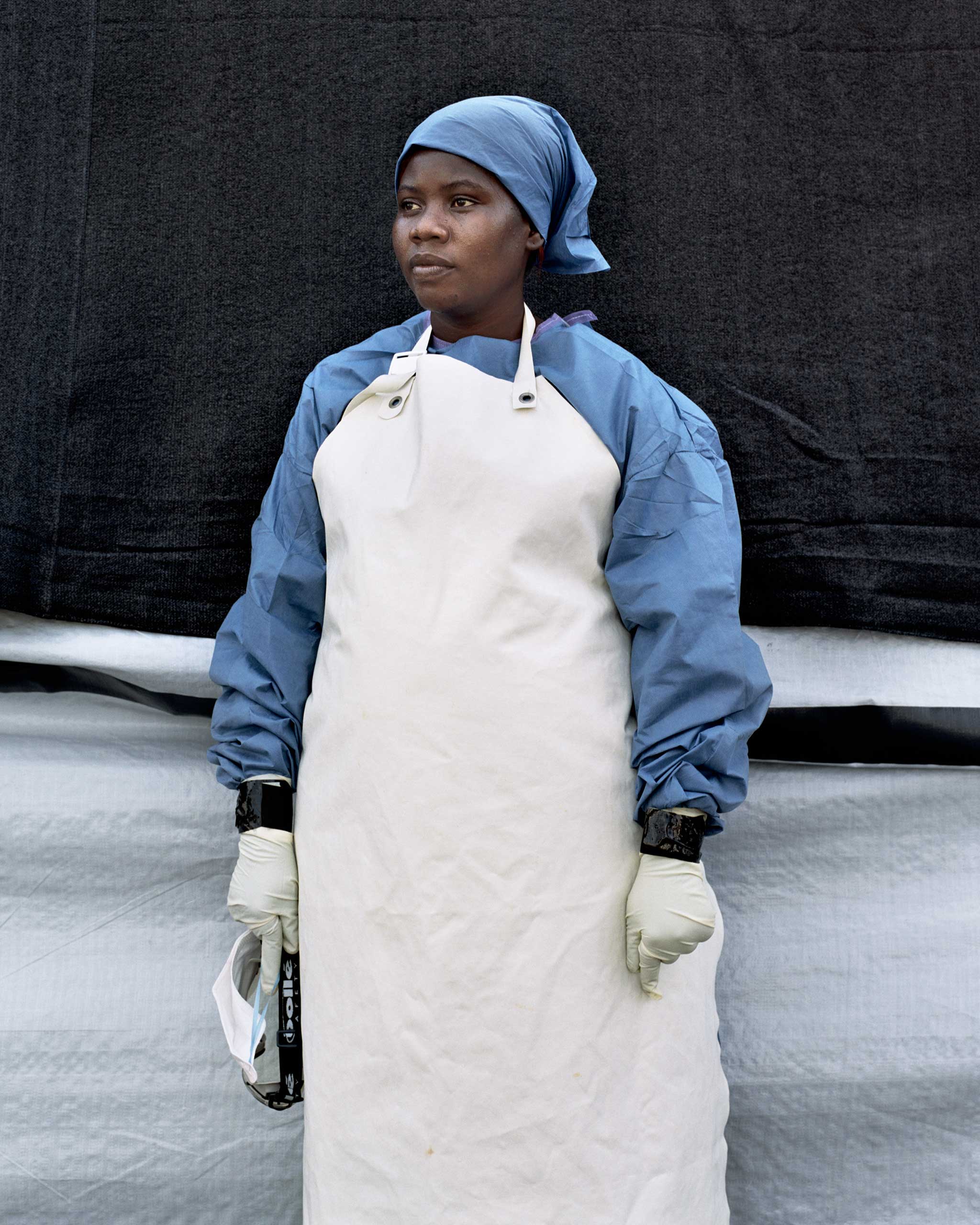
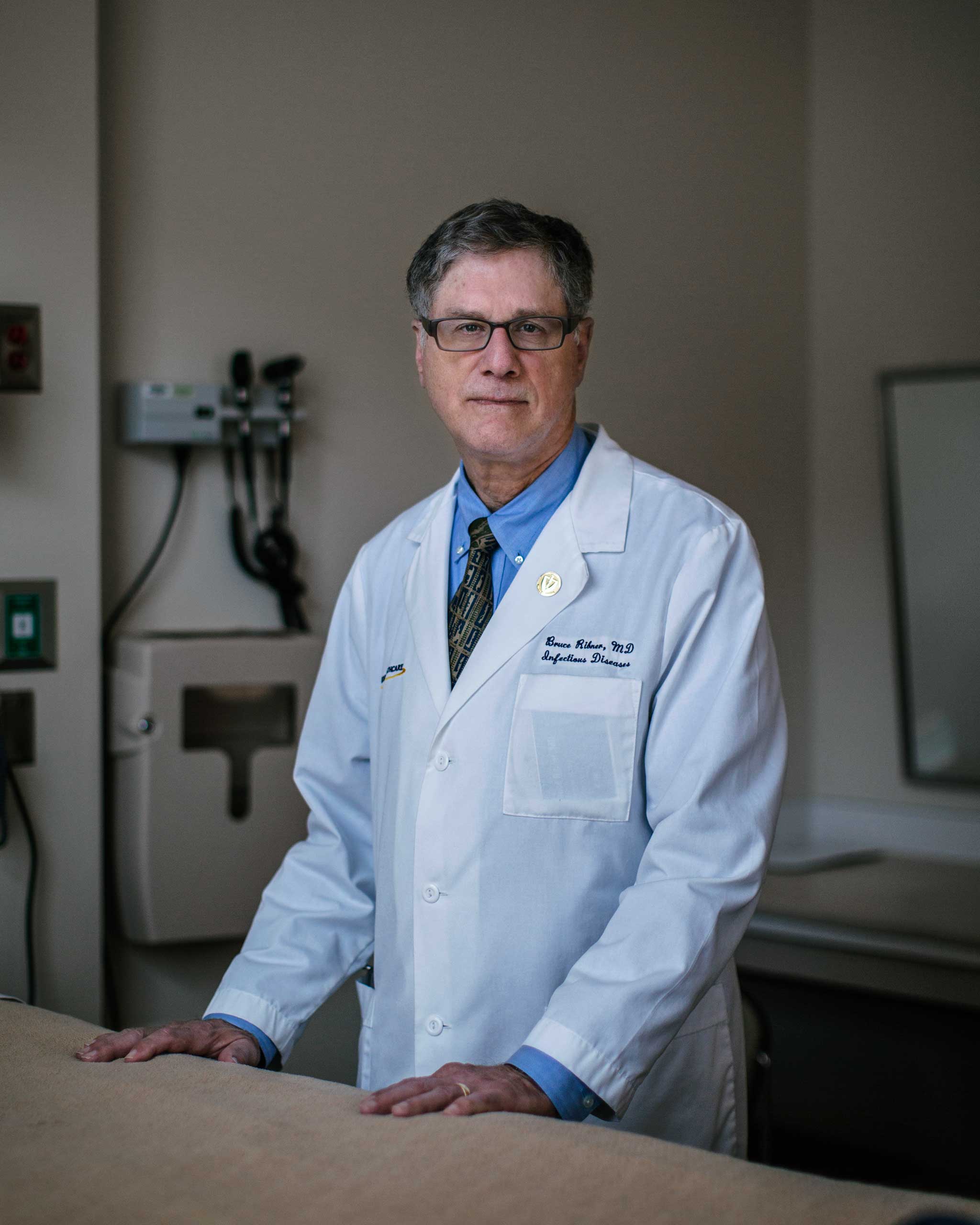
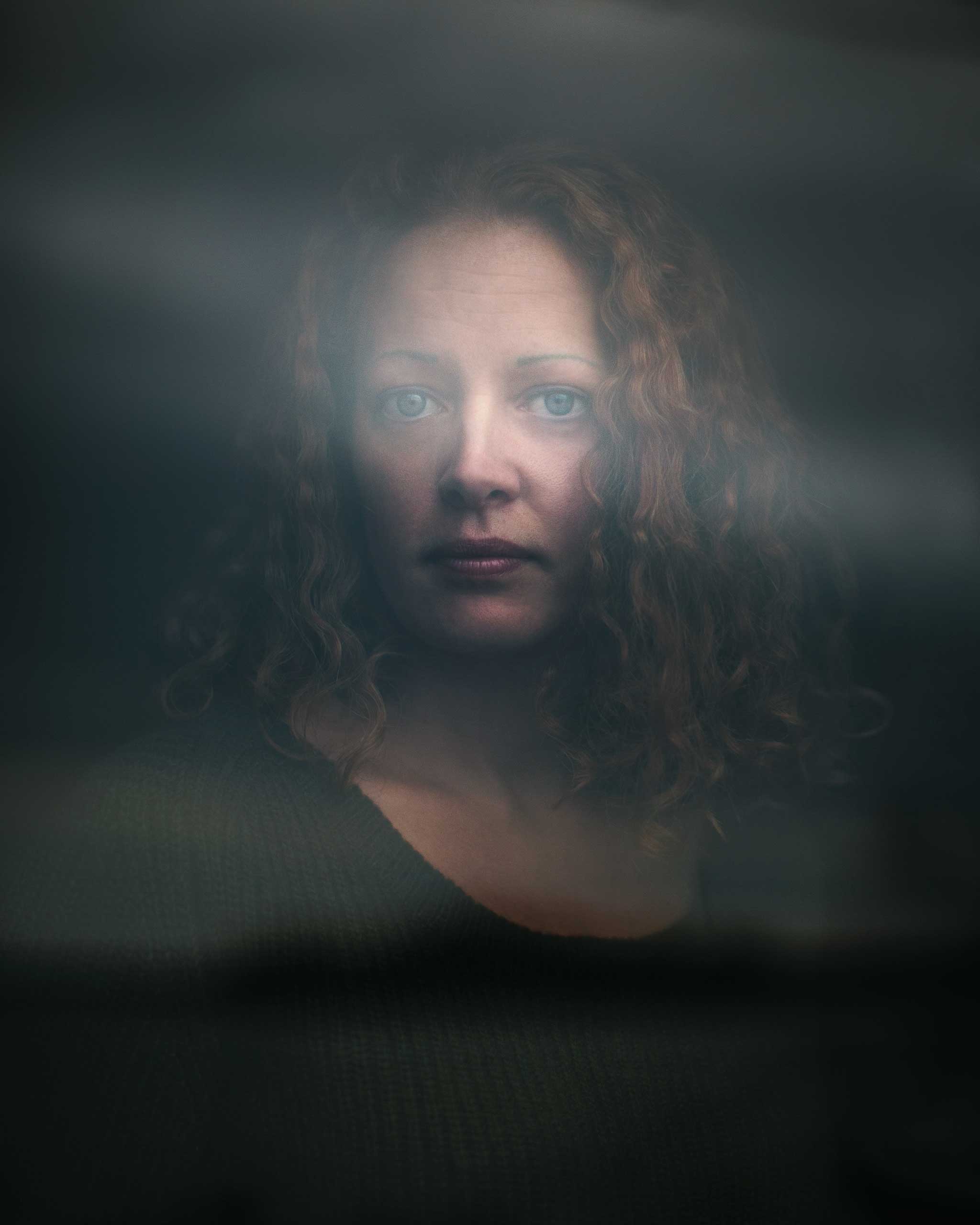
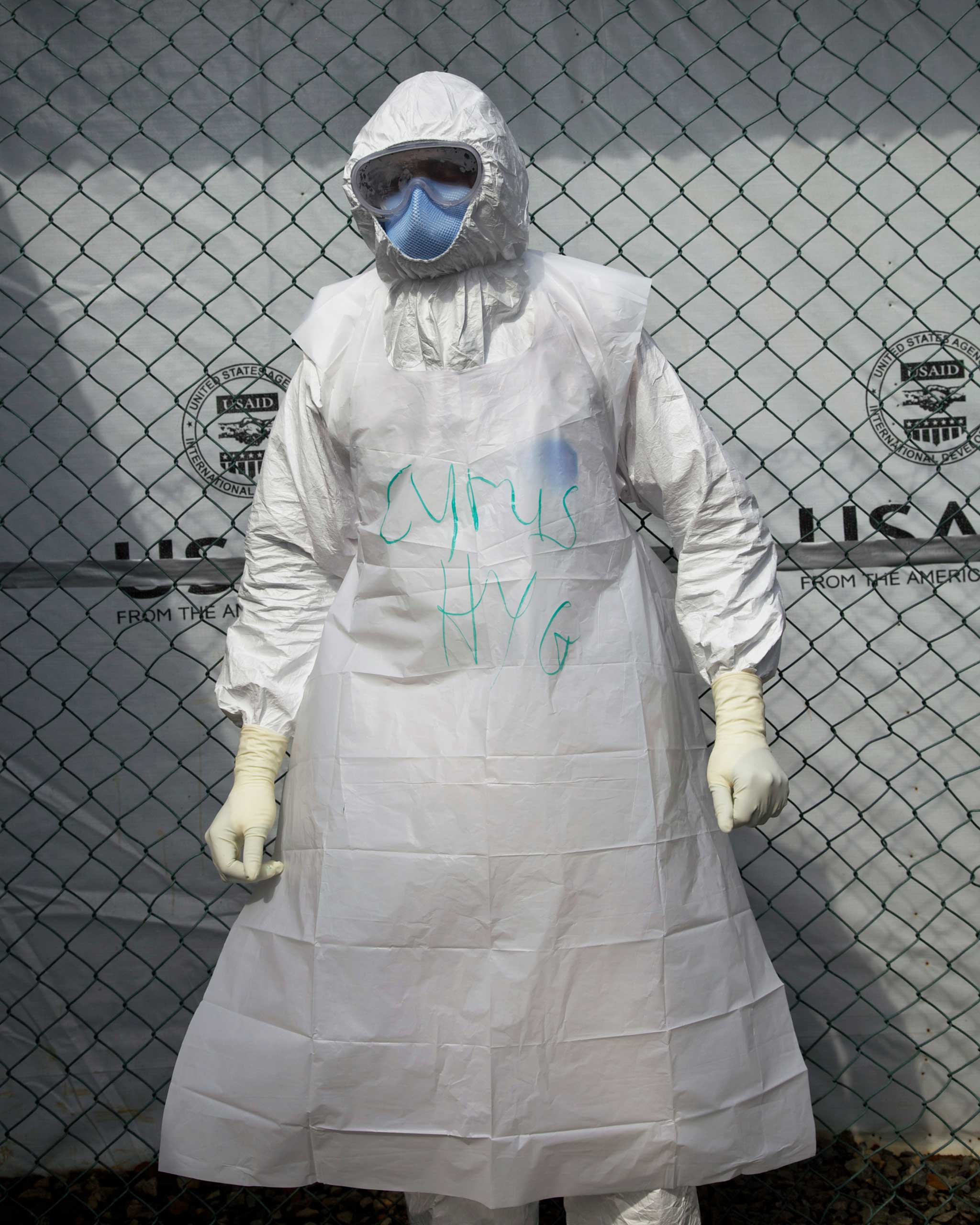
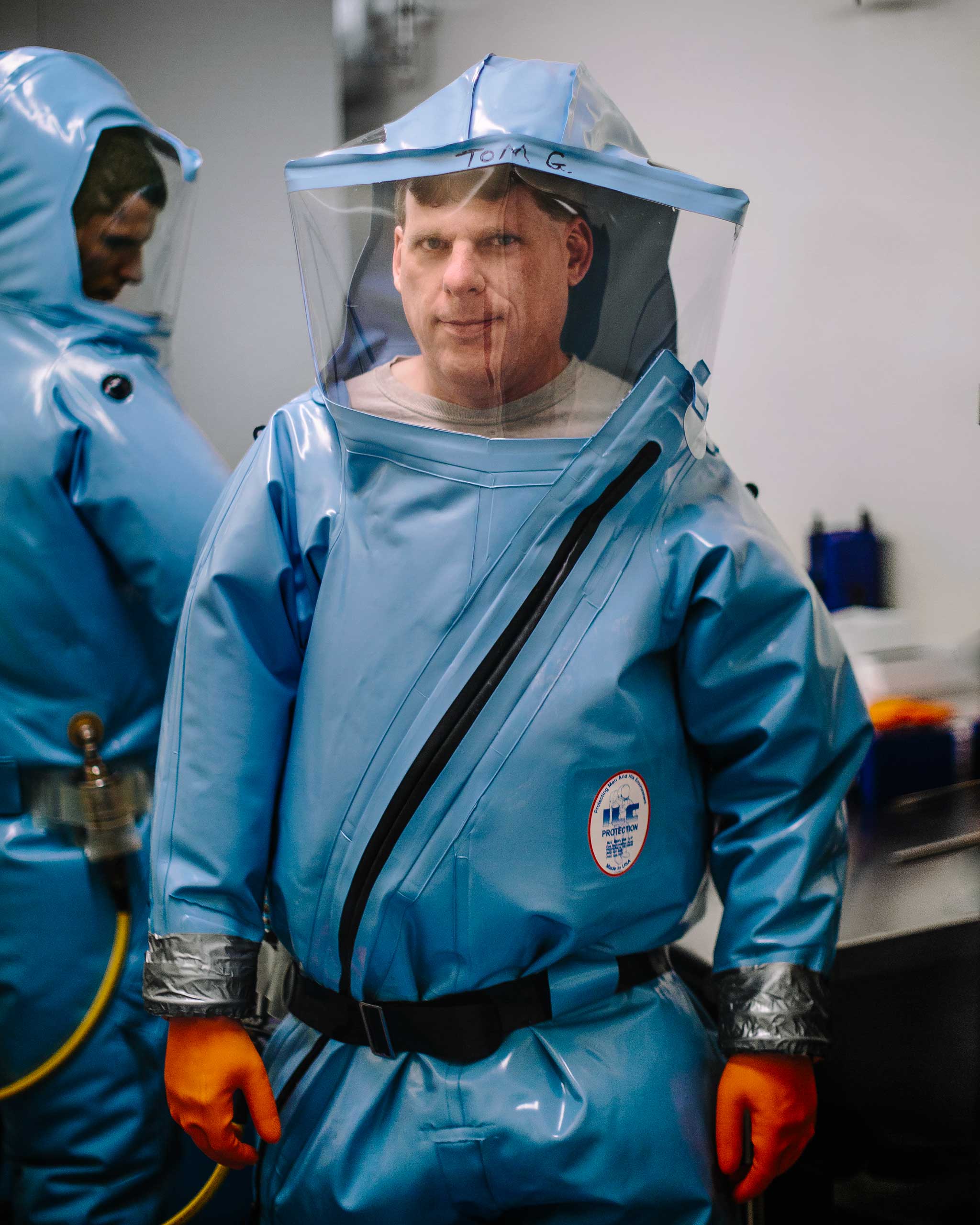



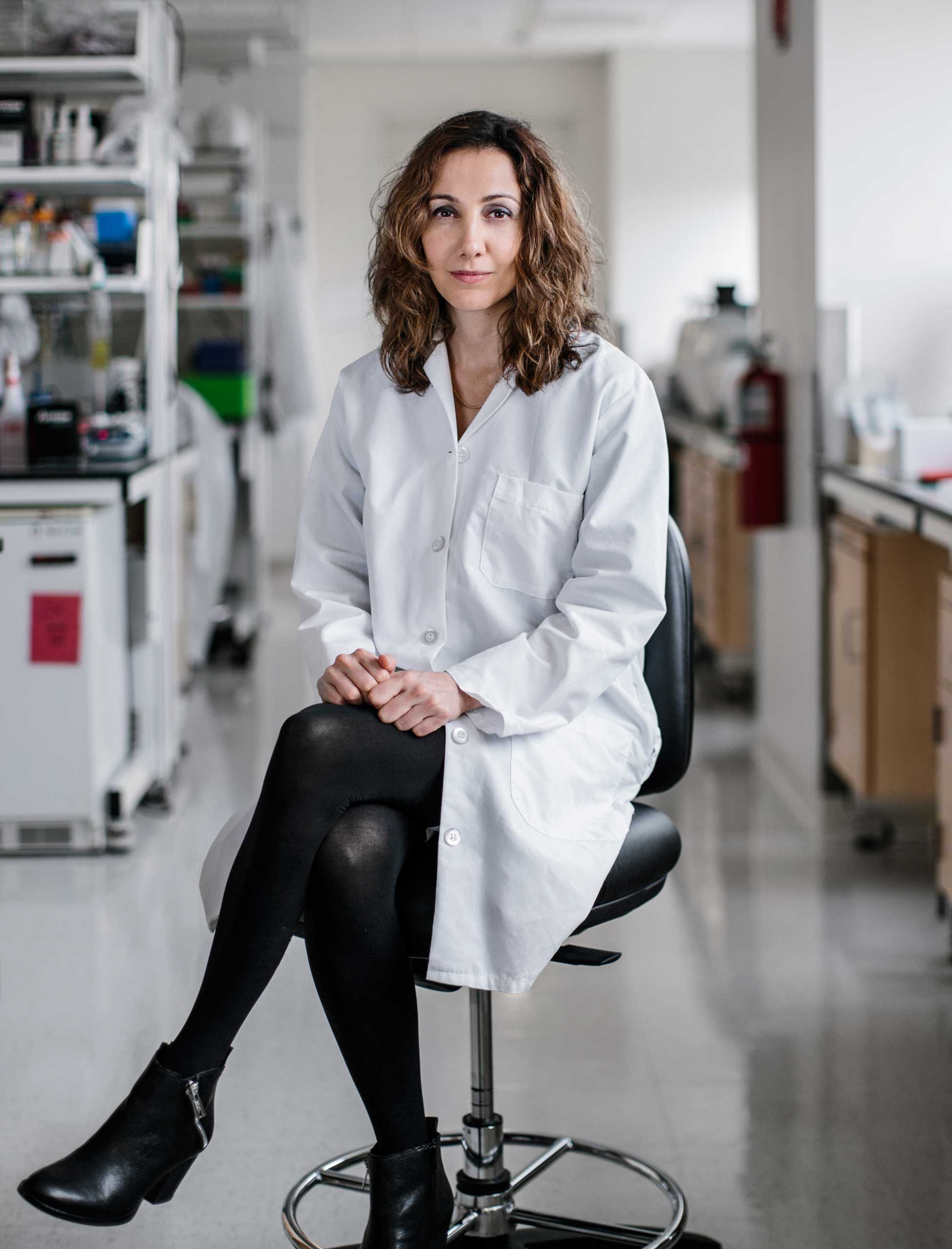

More Must-Reads from TIME
- Why Trump’s Message Worked on Latino Men
- What Trump’s Win Could Mean for Housing
- The 100 Must-Read Books of 2024
- Sleep Doctors Share the 1 Tip That’s Changed Their Lives
- Column: Let’s Bring Back Romance
- What It’s Like to Have Long COVID As a Kid
- FX’s Say Nothing Is the Must-Watch Political Thriller of 2024
- Merle Bombardieri Is Helping People Make the Baby Decision
Contact us at letters@time.com